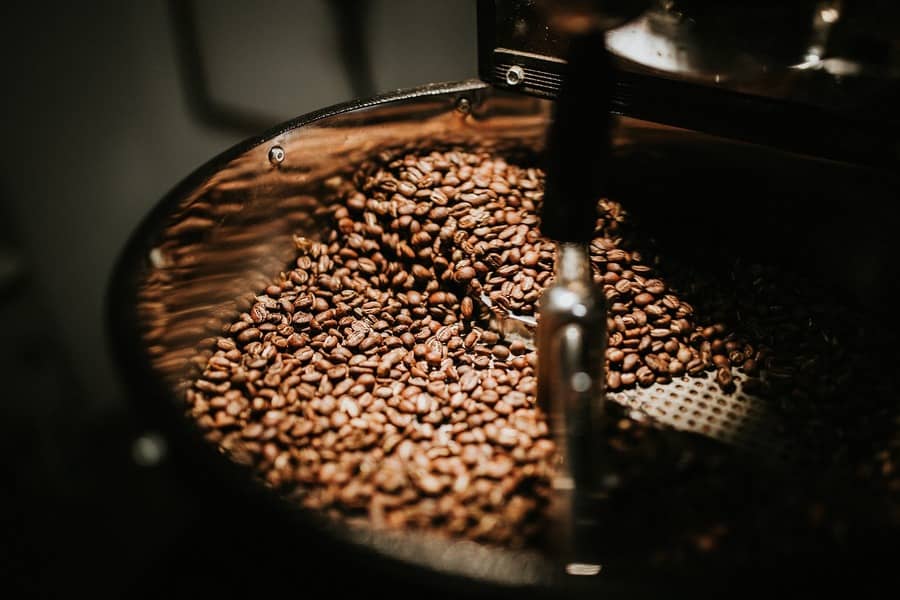The inverted market in New York ends up implying a lower price for the September and December 2023 maturities compared to the spot position (May/23), which hinders business with the new crop. In financial terms, it is not worth keeping the position for long. The future price is lower than the current one. On the growers’ side, the lowest price offered for future crops ends up taking away the selling interest. The positive dollar curve slightly alleviates the impact of the negative coffee spread on ICE US, but not to the point of offsetting losses on the futures exchange. Thus, bids remain below the physical market indications.
The fact is that Brazil’s 2023 crop is already close, and the seller’s short stance makes room for possible seasonal frictions because of the arrival of new coffee in the market. Within a scenario of potential behavior change on ICE US along with a greater selling need by growers, the negative pressure on physical prices may intensify at the crop arrival.
Moreover, growers are more vulnerable this season than in previous years due to the lower percentage of future crop sales. So, even with a price lower than that practiced in the physical market, sellers should remain attentive to opportunities for setting prices with the new crop, perhaps seeking to take advantage of the recent rally. The focus for decision-making must be based on margin protection, thereby diluting the risk of possible future price lows. The strategy is to reduce exposure at the crop arrival, facilitating better management of the commercial flow in the remainder of the season.

